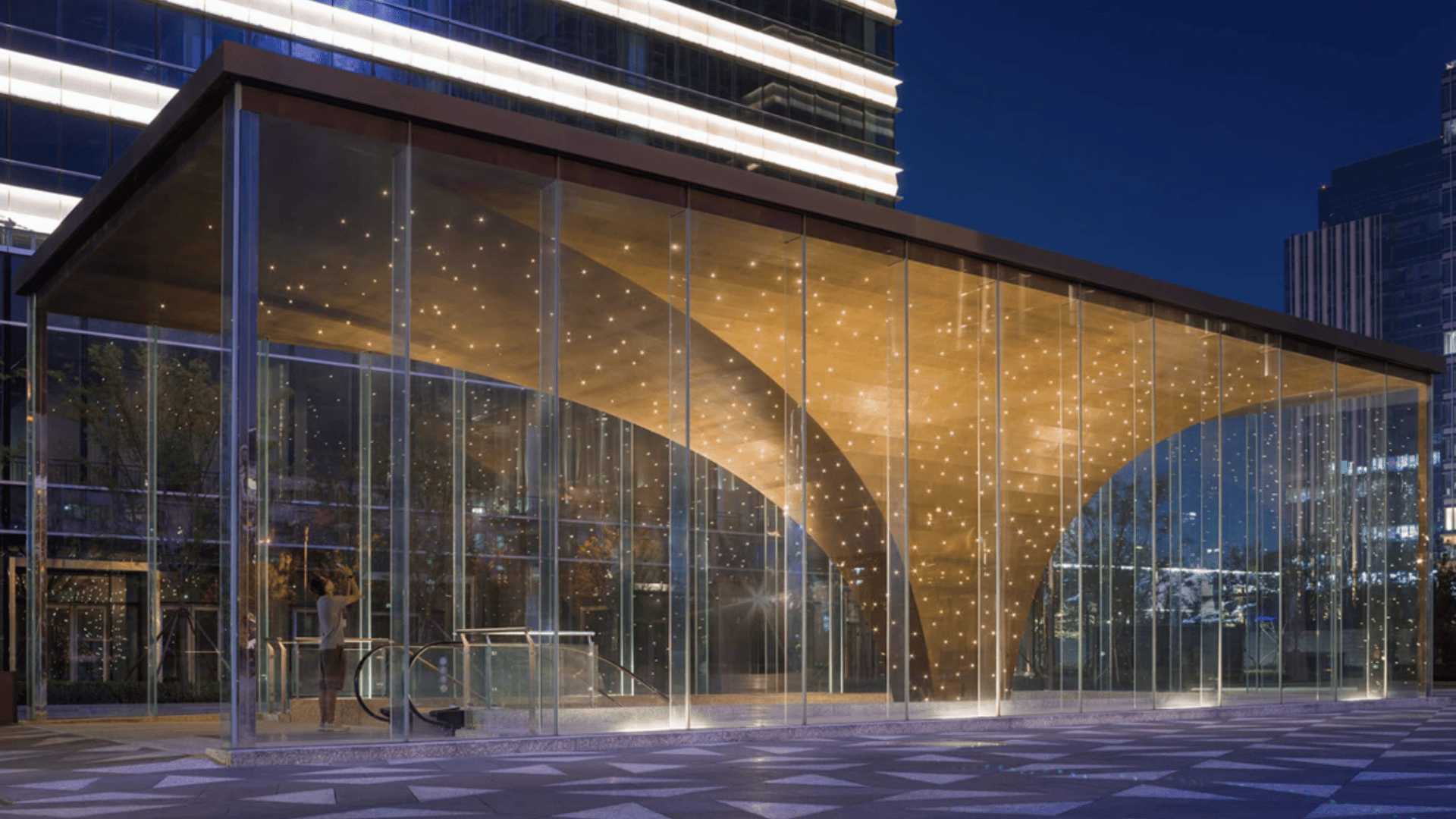
CED alum Andrew Furmanski (BLA ’11) founded Studio Hai as an amalgamation of all his interests in landscape design, art, sculpture, and pop-art elements. He categorizes his work in two areas – art and design – and takes inspiration from Roberto Burle Marx’s bold and whimsical style that crosses mediums and playfully integrates nature with the built environment.
Furmanski’s work expands upon the artful and dynamic applications that Burle Marx pioneered. He applies color, humor, and quirk to his work to create unexpected landscape elements designed to make people stop and think. Some of his recent work with Studio Hai include tongue in cheek seating structures such as the BFF Bench and Squiggle Bench which incorporate geometric forms, pastel colors, and planting elements into delightful bench designs. Other works include landscape elements such as planters, shelters, and water features that take inspiration from a variety of natural and everyday references such as the eponymous “Roly Polys” and “Macaroni” designs.

1:Sample worksby Studio Hai (clockwise, from upper left: “BFF Bench”https://studiohai.com/BFF-Bench;“RolyPolys” planter and seating structurehttps://studiohai.com/Roly-Polys;“Macaroni” plantershttps://studiohai.com/Macaroni, “Squiggle Bench”https://studiohai.com/Squiggly-Bench)
Beyond the whimsical, Furmanski’s body of work includes elegantly designed and fabricated works, such as Emergence, a brass entry canopy structure created for the Shanghai Industrial Investment Corporation in Qingdao, China. Furmanski led the design, fabrication, and installation of the project over a 16-month period during his time with UAP. The experience instilled in him how sculptural elements can be powerful anchors to an overall landscape and play a significant role in bringing life to a site. Since then, he has been exploring new ways to incorporate bespoke landscape elements to other urban environments. He currently operates his own practice, Studio Hai, out of New York, while also practicing with Deborah Nevins Associates on more traditional landscape design projects.

2: Emergence: A brass entry canopy for Qingdao Beer City civic development (https://studiohai.com/Emergence)
Furmanski credits his time at the College of Environment + Design for providing a solid foundation in the many facets of landscape architecture to enter the profession with confidence.
The knowledge gained at CED was beneficial as a starting point to launch his career, and the UGA alumni network helped him connect with an initial internship in China. From there, he worked for a variety of firms in Beijing, Shanghai, and Hong Kong where he practiced for nearly a decade before establishing Studio Hai in New York.
Some advice for current students and emerging professionals in landscape architecture, he gives includes:
- For those interested in international work, go for it. The more exposure you can gain outside your own element, the more perspective and value you can bring in design.
- Don’t be afraid to reach out to your heroes and be open to learning from them. A simple email can be an introduction to create a valuable connection or mentorship opportunity.
- Be open to exploring beyond the traditional paths of landscape architecture. While it can be difficult to find the time for your own creative practice outside the 9 to 5, it can be very rewarding. The skills of a landscape architect can be applied to many other creative professions, so do your own thing and see what sticks.
To learn more about Studio Hai, visit their website at https://studiohai.com or follow them on Instagram at @haistudiohai.

